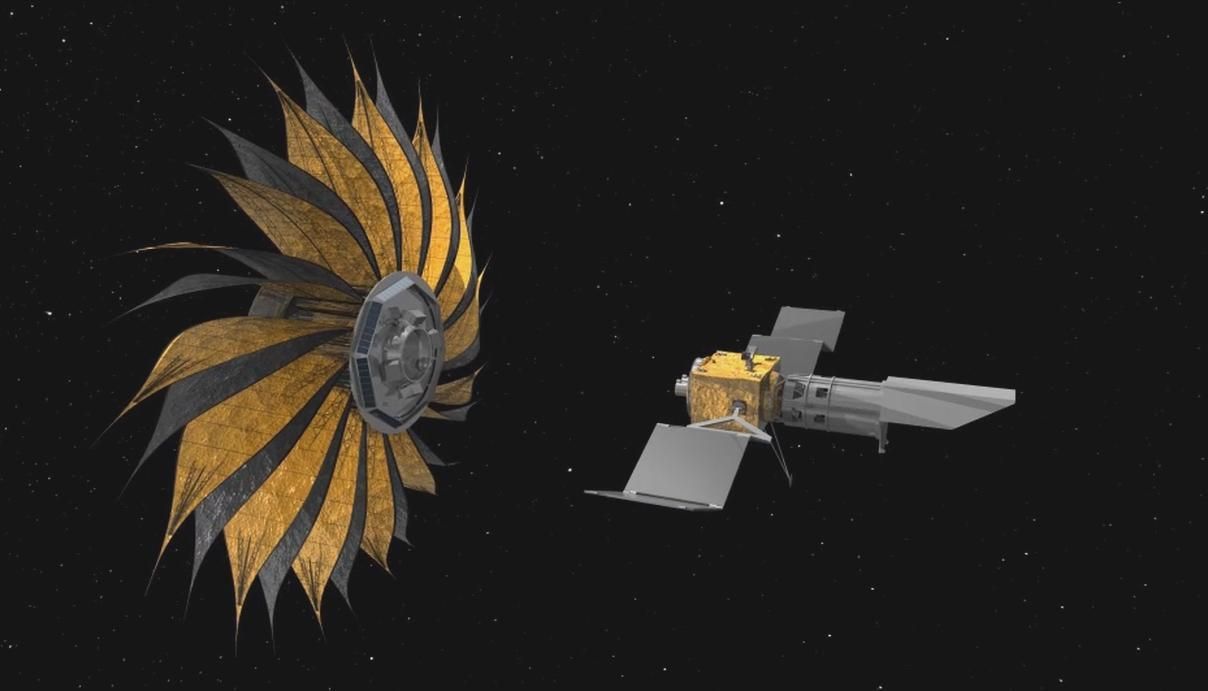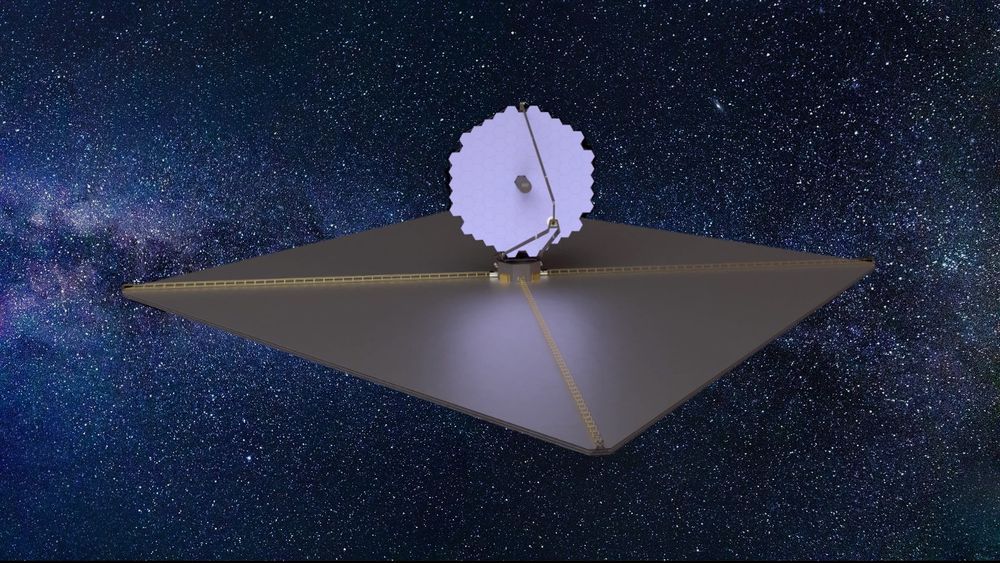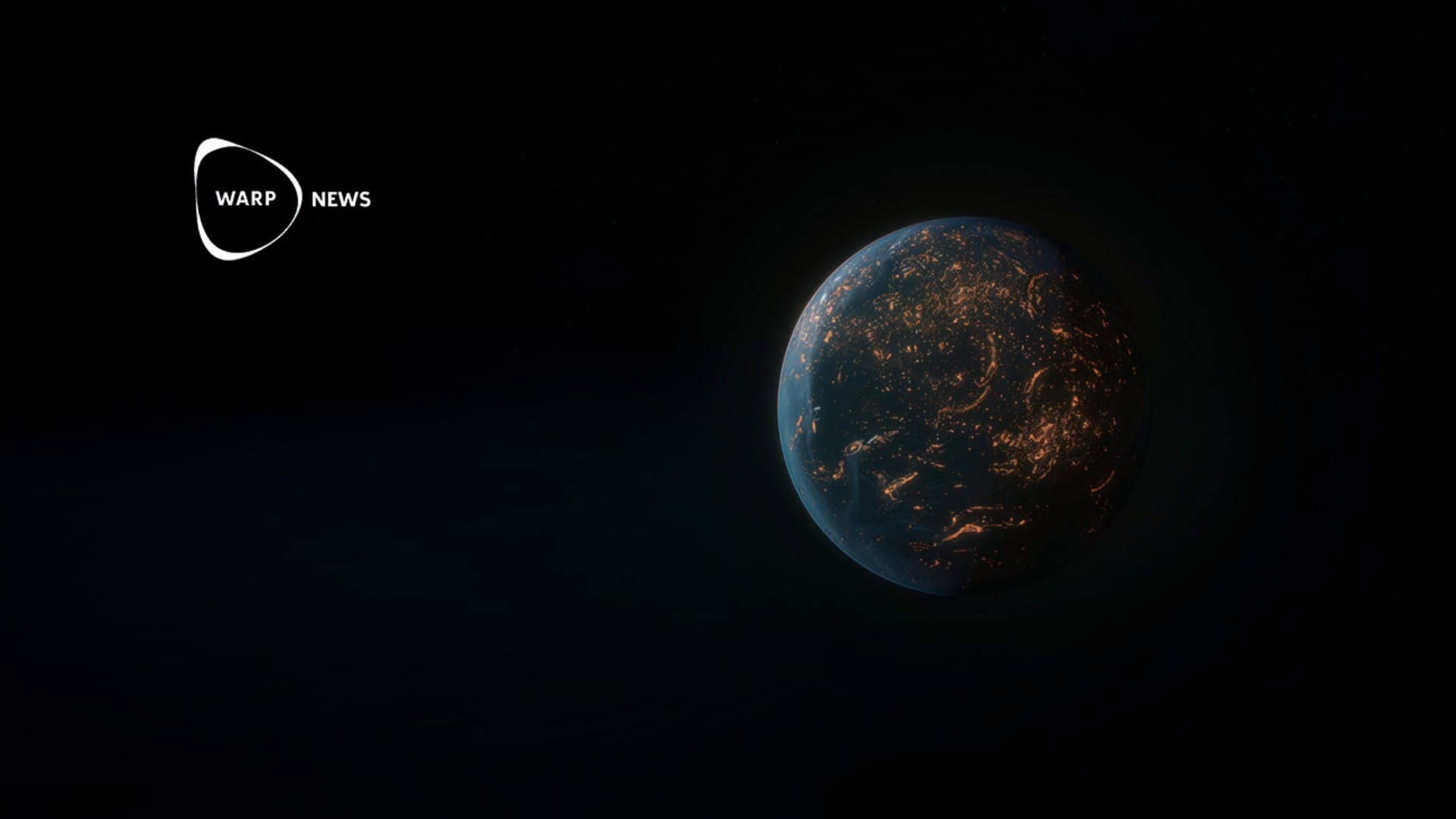
🔭 The astronomers' wish list for the next generation of space telescopes
A giant telescope and two smaller space telescopes would give us new insights into the universe, says the National Academies of Sciences in a report.
Share this story!
Every ten years, the American National Academies of Sciences compile a report on what they believe should be prioritized in astronomy research over the next decade. The latest of these reports has just been completed, and it contains, among other things, recommendations for building several new large space telescopes.
The largest of these new telescopes would be significantly larger than today's Hubble Telescopes and could see planets that are ten billion times fainter than the star they orbit. The telescope could capture both visible, infrared and ultraviolet light. Such a telescope can analyze the atmosphere of Earth-like planets and detect signs of biological life.
The National Academies of Sciences estimates that the telescope would cost around eleven billion dollars, just over half the total budget for the telescopes proposed by the National Academies of Sciences. Exactly how the telescope should be assembled is left open, but there are already some suggestions on what it could be done.

In addition to this large telescope, the National Academies of Sciences want two slightly smaller telescopes built. One should observe the universe far down the infrared spectrum while the other would instead observe X-rays.
Together, these telescopes would help astronomers achieve the three priorities set by the National Academies of Sciences for the future. Those priorities are identifying Earth-like planets, understanding black holes better, and understanding how galaxies are born and grow.
Whether the US Congress is willing to fund the telescope's construction remains to be seen, but now there is at least a plan for how we can take the next step in our exploration of the universe.
Image: Nasa / JPL
By becoming a premium supporter, you help in the creation and sharing of fact-based optimistic news all over the world.


